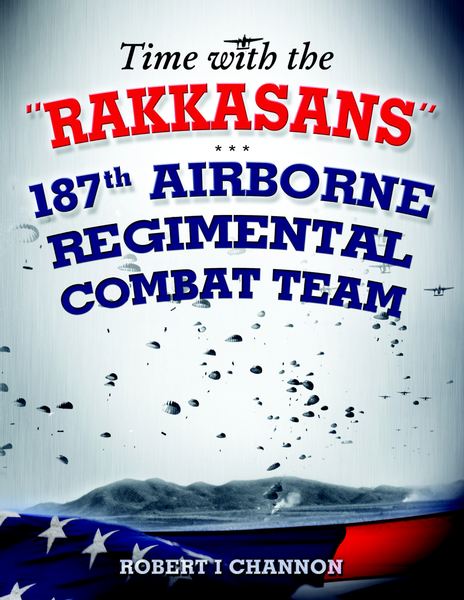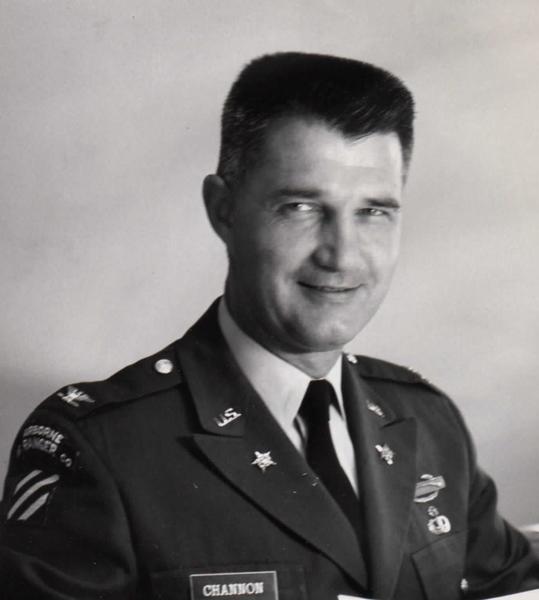
Time with the “Rakkasans” 187th Airborne Regimental Combat Team - Work on this booklet was inspired by my very dear friend Lieutenant Colonel Bill Robbins, U. S. Army, Retired. Bill had served a number of years in an ABU Company within a battle group and a battalion of 327th Airborne Infantry. During that time, his company had a very unusual mascot. The mascot had become a rallying symbol for company members for a long period of time. Images of this mascot had been painted on billboards outside the company orderly room at various times over the years. Some of the images were inside of the barracks. Any number of the company troopers had the image tattooed on their legs. Bill had written a book about his times with the company, especially about their time in combat in Viet Nam. He wanted to find how the mascot had originated and had searched for an extended period of time. Bill finally found me in 2014 and told me what had happened with the mascot over all the years of time. Bill wanted to write a sequel to his book and asked me to help him write about how the idea got started to include in his new book. The idea started in Company I of the 187th Airborne Regimental Combat Team back in early 1953. Over the years, Bill had had some 197th time himself. He began encouraging me to write about my time with the 187th. During the Korean War, I had been in the Korean theater, which included parts of Japan, for about 27 months continuously. About two years of that time had been with the 187th. To tell a more complete story, it seemed appropriate to tell about time of the 187th in combat before I got there and then what happened while I was there. When I learned how the mascot history had continued longs after I had left, it seemed fitting to outline that history also. My indebtedness to Bill Robbins is explained throughout this booklet.

